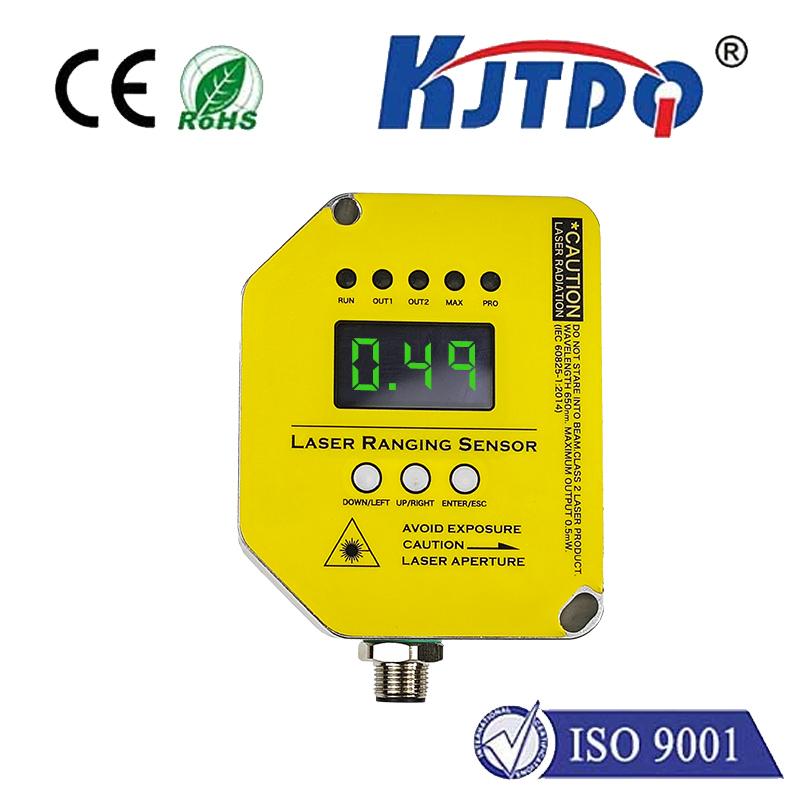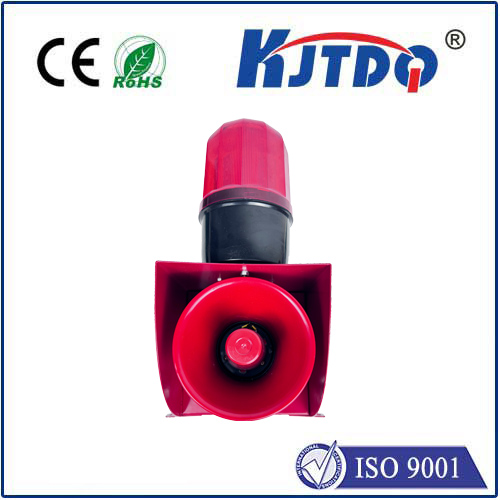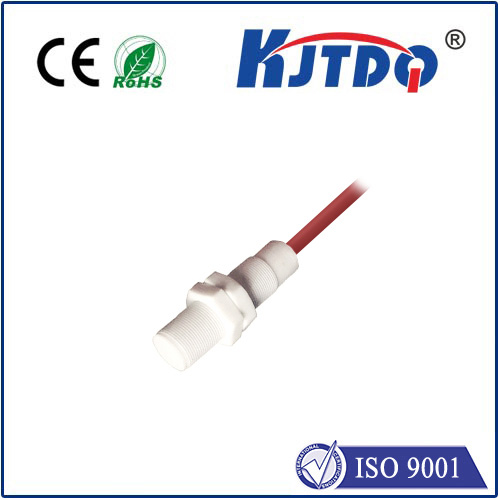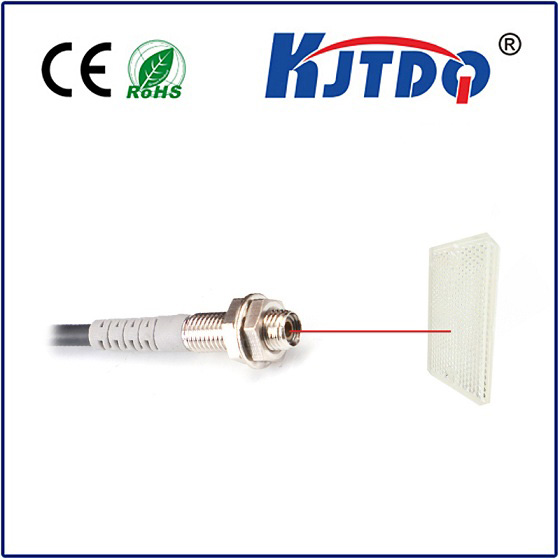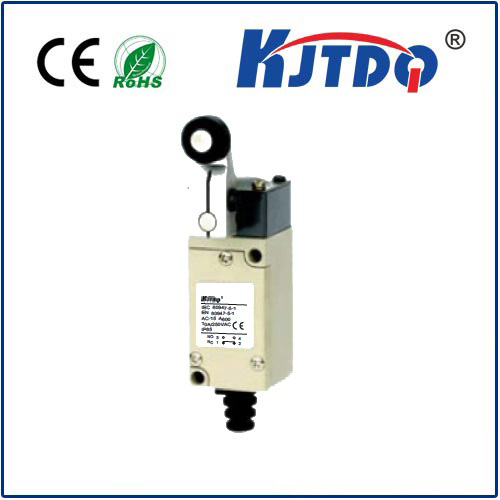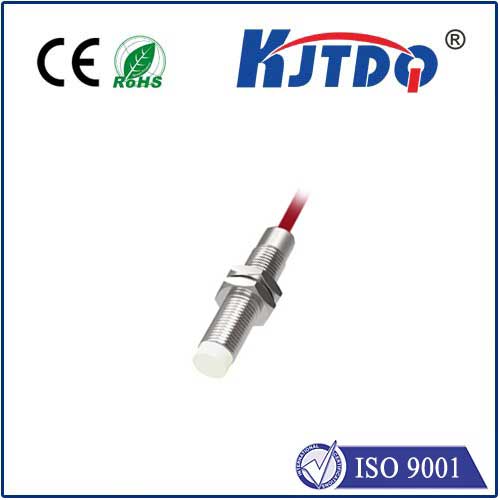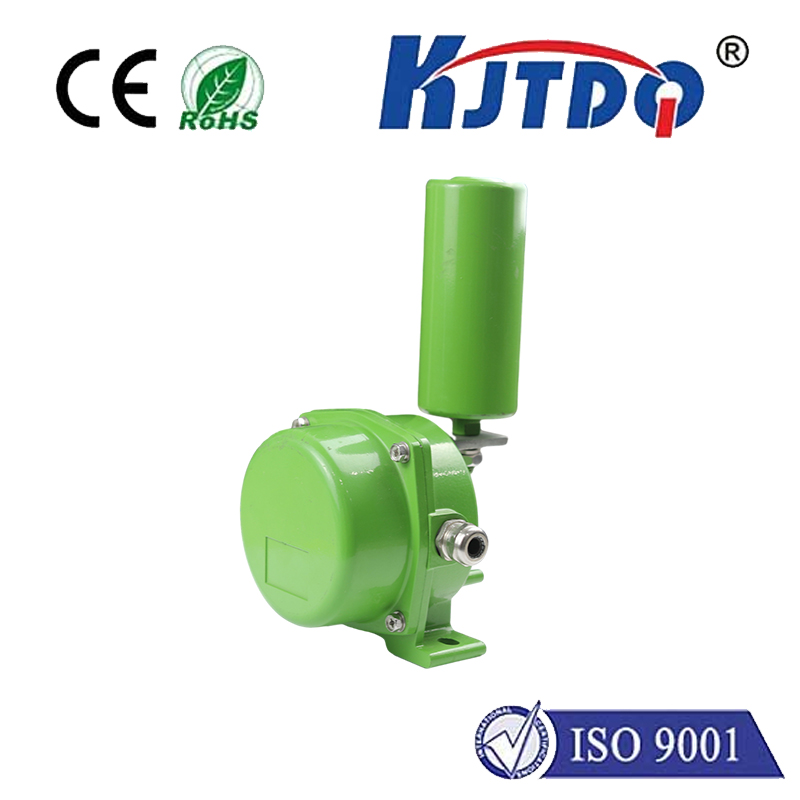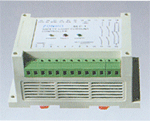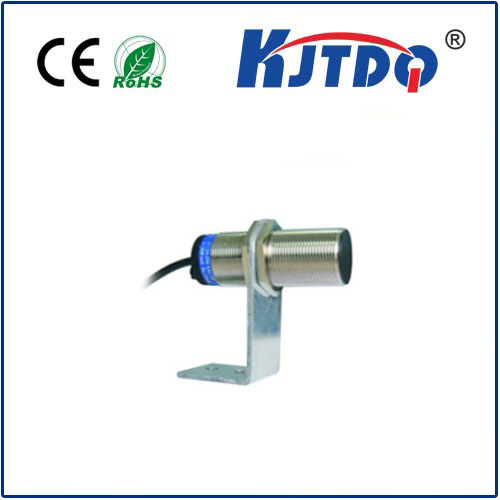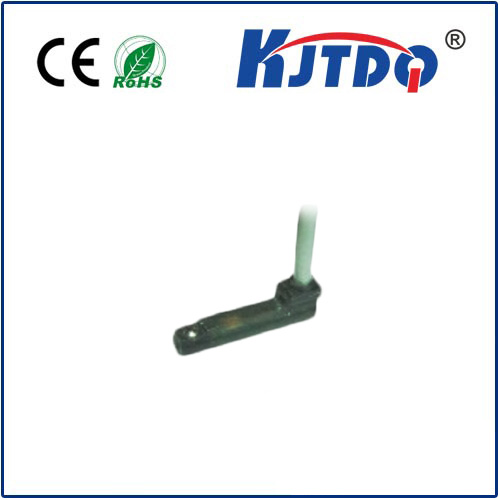
check

check

check

check
The Micro Laser Sensor: Revolutionizing Precision and Accuracy
In the world of technology, innovations are always pushing boundaries and transforming industries. One such breakthrough is the micro laser sensor, a cutting-edge device that has revolutionized precision and accuracy in various applications. In this article, we will delve into the features, benefits, and applications of micro laser sensors.
The Micro Laser Sensor: A Game Changer in Precision and Accuracy
Micro laser sensors have emerged as game changers in the field of precision and accuracy. These compact devices utilize advanced laser technology to measure distances, detect objects, and monitor movements with unparalleled accuracy. Their miniaturized size makes them ideal for integration into smaller devices without compromising on performance.

Key Features of Micro Laser Sensors
Micro laser sensors boast several key features that set them apart from traditional sensors. Firstly, they offer exceptional accuracy, with some models capable of measuring distances down to the micrometer range. Secondly, they exhibit high resolution, enabling precise detection of even the slightest variations in distance or movement. Thirdly, they possess fast response times, allowing real-time data acquisition and processing. Lastly, their low power consumption makes them suitable for use in battery-powered devices.
Benefits of Using Micro Laser Sensors
The use of micro laser sensors brings numerous benefits to various industries. For instance, in manufacturing, these sensors can enhance quality control by detecting defects and ensuring consistent product dimensions. In robotics, they enable precise navigation and obstacle avoidance, improving efficiency and safety. In healthcare, micro laser sensors can aid in surgical procedures by providing accurate measurements of tissue depth and blood flow. Overall, the use of micro laser sensors leads to improved productivity, reduced errors, and enhanced safety.
Applications of Micro Laser Sensors
Micro laser sensors have found widespread applications across diverse industries. In automotive engineering, they are used for advanced driver assistance systems (ADAS) to detect obstacles and facilitate automatic braking. In construction, they aid in surveying and alignment tasks by providing precise distance measurements. In aerospace, micro laser sensors are utilized for guidance and control systems, ensuring safe navigation and landing. Additionally, they play a crucial role in consumer electronics, such as smartphones and wearables, where they enable touchless gesture recognition and proximity sensing.
Conclusion
In conclusion, micro laser sensors represent a significant advancement in the realm of precision and accuracy. Their exceptional features, including high accuracy, resolution, and fast response times, make them indispensable tools for various industries. From manufacturing to healthcare and beyond, the applications of micro laser sensors continue to expand, paving the way for more efficient and effective solutions. As technology continues to evolve, it is evident that micro laser sensors will remain at the forefront of innovation, shaping the future of many industries.
